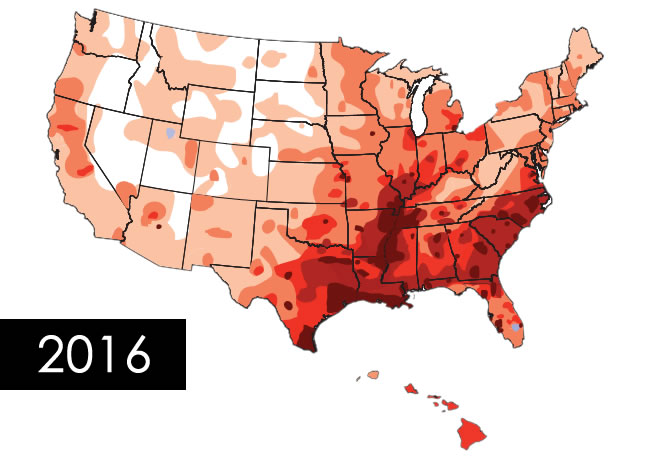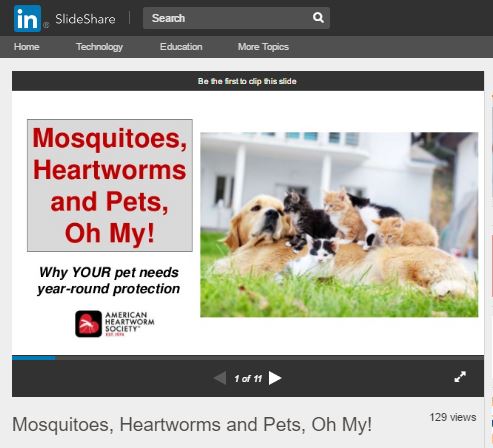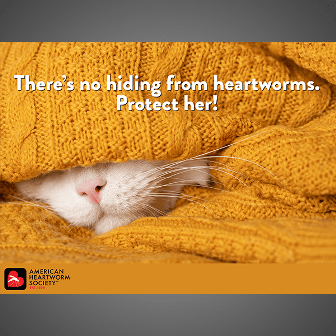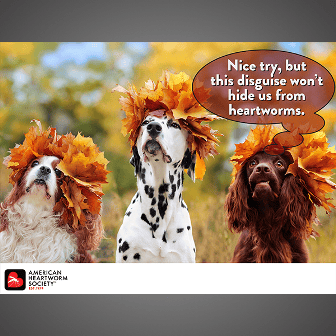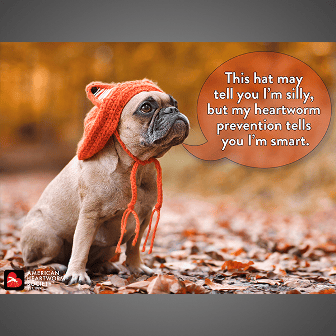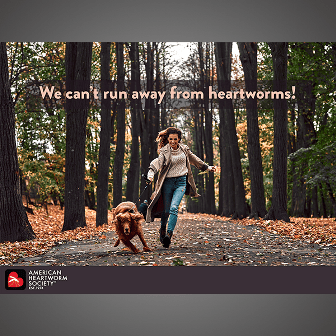Antigen testing for Dirofilaria immitis has been a foundational component of model preventive veterinary care for many years, particularly for dogs. For privately owned pets, the results of such testing guide prevention strategies and, in the event of a positive result, treatment for heartworm disease. In shelter populations, the results are often a key determining factor in the management of a dog throughout its stay in the shelter system, including its likelihood of a live release.
When warm weather hits, you will want to ramp up your heartworm education efforts. To help make this goal easy--and fun--the AHS has created a new set of posters to print or post on your social pages.
- To save or print a poster, just click on the image below, then click on the “download” button and save the PDF file.
- To save a poster for use on your social pages, simply open the downloaded poster, then right click on the file and follow the menu instructions to save the file as a JPEG image.
For more client tools, be sure to visit the Resource Center. And if you don’t already, make sure you’re sharing our Facebook and Instagram posts!





